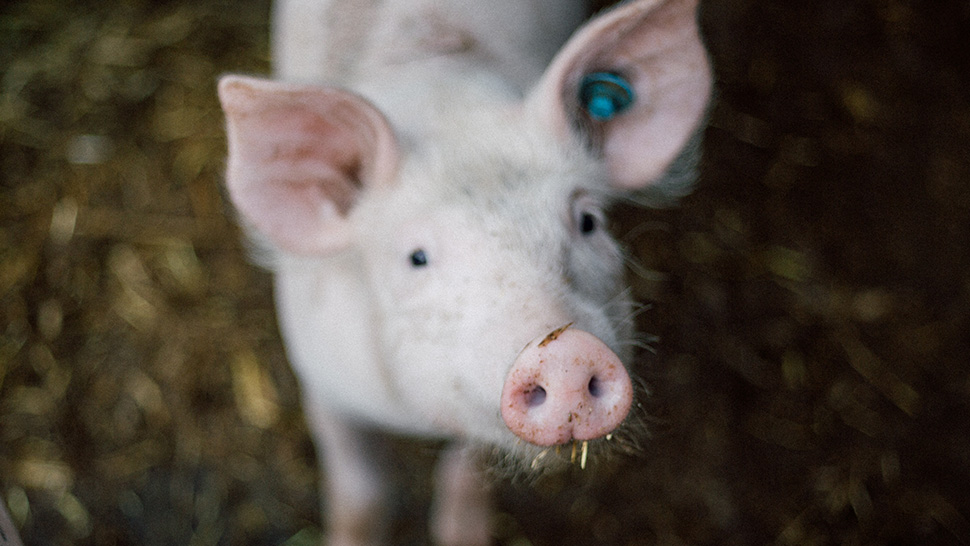Europe: Record production but falling prices and uncertainty due to China
In the EU and the UK, pork production in July 2025 increased by 3.5% year-on-year, led by:
- Spain (+7%)
- Poland (+5%)
Exports from the region rose by 3%, supported by recent trade tensions between the U.S. and China. However, prices have been declining since summer due to seasonal demand drops and higher supply.
China’s imposition of antidumping duties on EU pork in September delivered an additional blow to the market — reducing competitiveness and likely squeezing profit margins through the end of the year. Production growth in 2026 is expected to slow as herds contract amid margin pressures and export uncertainty.
China: Sow herd reduction and stable imports despite tightening supplies
China has ordered producers to cut the national sow herd by 1 million head (–2.5%) by early 2026 to stabilize prices and improve productivity. This reduction will offset production increases seen in Brazil.
Expected trends:
- oversupply through the end of 2025,
- production decline of 3–5% in 2026,
- imports remaining flat, as the government restricts foreign purchases to support domestic prices.
Brazil: Global market leader and the only country expanding the sow herd in 2026
Brazil continues to show the strongest growth among major producers:
- exports up 26% year-on-year in September,
- revenue up 30%,
- production +4% in the first half of 2025,
- sow herd expected to grow by 3–4% in 2026.
Growth is supported by low feed costs and strong international demand. Domestically, pork remains more affordable than beef, supporting consumption.
North America: Cautious production and mixed export trends
United States
The sow herd remains below 6 million head (–1.3% YOY). Production growth in 2026 will depend on:
- higher productivity,
- heavier carcass weights.
Exports fell 0.8% YOY in July, with shipments to Mexico down 8%. Competition from poultry continues to grow.
Canada
Production in Q3 2025 increased by 2.9% and may reach a record 2.3 million tonnes. Exports rose by 4.8%, supported by Japan and South Korea.
Expansion remains limited due to high costs and disease risks.
Mexico
The country faces ongoing challenges:
- production may decline 3–5% in 2025,
- prices remain high due to tight supply,
- imports grew 10% (January–August),
- exports to Japan and South Korea dropped sharply.
Asia: Disease outbreaks, shifting consumption patterns, and high prices
Japan
Pork consumption continues to decline due to inflation and record rice prices. In August, pork prices fell by 13% YOY.
South Korea
Slaughter fell by 3% in August due to heat, but prices rose by 19% amid limited supply.
Vietnam
ASF remains a key problem:
- 648,000 pigs culled,
- prices down 15% YOY in September,
- value of imports nearly doubled.
Production is expected to drop in 2026 due to shrinking sow inventories.
Philippines
The sow herd decreased by 5.6% YOY, imports rose 27%, and Brazil now holds 40% of the import market. Prices are expected to stay elevated into 2026.
Rabobank conclusions
In 2026, the global pork market will remain unstable and fragmented, with key challenges including:
- trade barriers (especially EU–China),
- ASF outbreaks in Vietnam and the Philippines,
- high production costs in North America,
- aggressive expansion of Brazil on export markets.
Despite lower feed costs, no significant herd expansion is expected — producers are focused on efficiency rather than growth.
PigUA.info based on ahdb.org.uk



